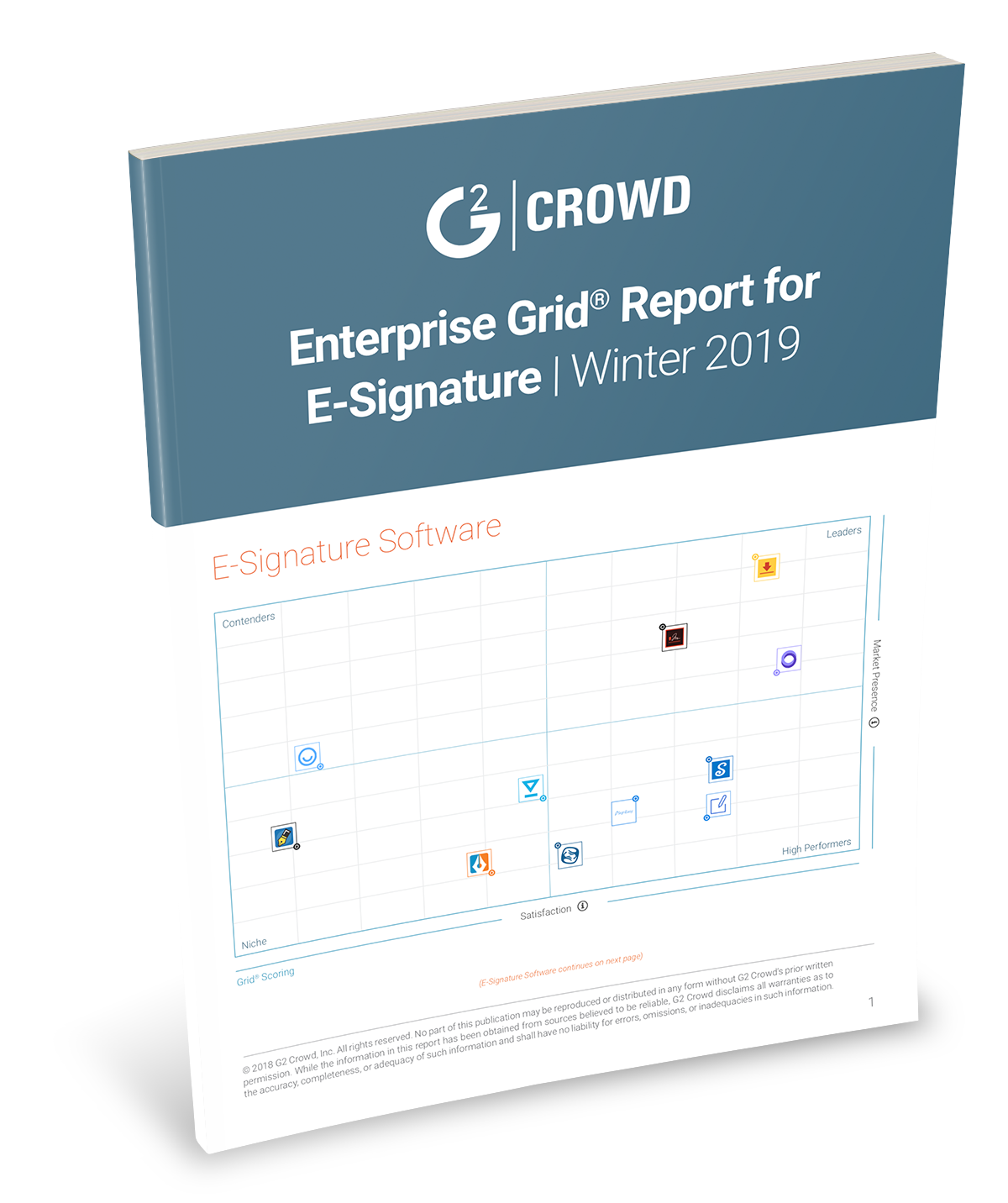Compliance Regulations to Incentivize E-Signature Use for Mortgages

Businesses in a variety of sectors have plenty of reasons to implement electronic signature software. However, some organizations need something to serve as a catalyst to get them over their initial concerns and dive into the new technology.
This catalyst may have arisen for mortgage lenders, as new regulations have made e-signature adoption an extremely attractive option. According to a recent report from The New York Times, application-related issues are pushing lenders to start implementing electronic signature technology.
E-signatures improve compliance for lenders
New application laws that go into effect on August 2015 mandate that lenders respond to certain disclosure applications from clients within three days, the news source explained. For example, any applications pertaining to estimate costs must be responded to within the new three-day time frame. Mortgage lenders need to not only fulfill these requests, which can present some process challenges, they must also be able to document that they have met these guidelines.
Industry expert Kelli Himebaugh detailed how the new application processes are impacting e-signature use among lenders.
"Right now, today, there is wide adoption of electronic signatures and electronic delivery of initial disclosure documents as part of the application process," Himebaugh told The New York Times. "You have to be able to track that the borrowers received those documents within three days, and this helps prove compliance."
Electronic signature policy can also help lenders alleviate the various burdens that are associated with getting documents out to clients. Any mortgage transaction involves a great deal of paperwork that can be overwhelming for lenders and clients alike. This creates a time-consuming and error-prone set of tasks that can generate inefficiencies and costs for lenders.
It can also add confusion for lenders. According to the report, the new regulations will also be mandating that lenders get closing documents to clients within three days of closure, establishing another scenario in which e-signatures are becoming more important.
Using electronic signatures as part of regulatory plans
Many regulations across a wide range of sectors require organizations find ways to document their processes and ensure proper authorizations are in place. Electronic signature solutions play an integral role in compliance strategies because they allow organizations to automatically document various operations, including when documents are sent to users, when individuals open contracts and how long they spend various pages in the record.
This documentation process can be established in a way that authenticates users and records the entire electronic signature process, protecting businesses and their clients while ensuring regulatory compliance.




